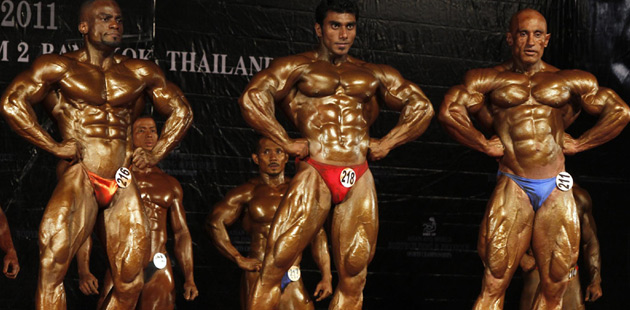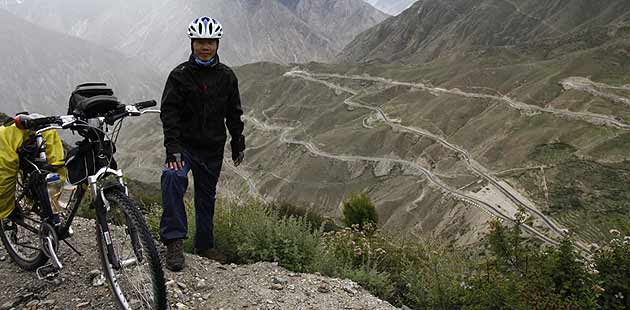General situation of Zhejiang
Updated: 2011-10-11 14:19
(zj.gov.cn)
|
|||||||||||
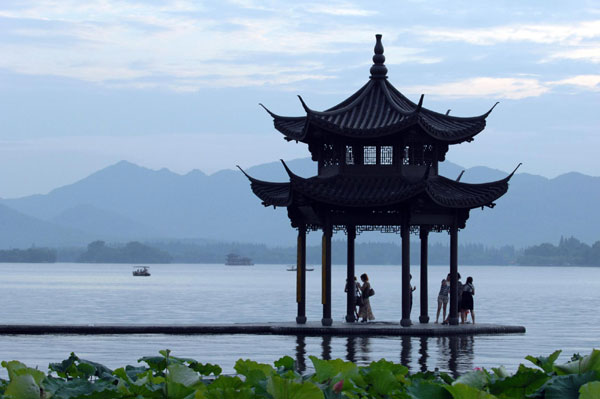
Geographical Location
Zhejiang is located in the southern part of the Yangtze River Delta on the southeast coast of China. It lies between 27o12' and 31o31' north latitude and 118o00 and 123o 00' east longitude. It faces the East China Sea on the east and neighbors Fujian on the south. With an extensive hinterland in the rear, it shares borders with Jiangxi and Anhui on the west and Shanghai, the country's largest city, and Jiangsu on the north.
Zhejiang is renowned for its picturesque landscapes. It boasts well-known mountains such as Yandang Mountain, Xuedou Mountain, Tianmu Mountain, Tiantai Mountain and Xiandu Mountain, and famous lakes such as the West Lake in Hangzhou, the East Lake in Shaoxing, the South Lake in Jiaxing, the Dongqian Lake in Ningbo and the North-South Lake in Haiyan. The Thousand-Islet Lake in Chun’an County of Hangzhou is the largest man-made lake in the country. Major rivers in the province include the Qiantang River, the Oujiang River, and the Nanxi River. The Beijing-Hangzhou Grand Canal runs through the northern part of the province, and merges into the Qiantang River in Hangzhou.
Climate
Under subtropical and monsoon conditions, Zhejiang has four distinct seasons, and plentiful sunshine. Zhejiang has long been known as "a region of fish and rice, the home of silk, a paradise for tourists and a land of rich cultural heritage". It has an average annual temperature of 15.3-17.9℃, 230-270 frost-free days and an average annual rainfall of 1000-1900 mm. It has numerous rivers with an average annual surface water runoff of over 90 billion cubic meters.
Land Area and Population
The province covers a total land area of 101,800 square kilometers. Hills and mountains account for 70.4 percent of the total area in the province. Plains and basins make up 23.2 percent while the rest 6.4 percent is water area composed of rivers and lakes. The number of islands in Zhejiang amounts to 3,061 with a total area of 1,670 square kilometers. It is a province with the most islands in China, among which Zhoushan Archipelago is the largest. Zhejiang also boasts a coastline extending 6,486 kilometers and a total ocean area of 220,000 square kilometers. In addition, the province has a large number of bays with over 60 natural ports of different sizes, constituting a port-cluster among which Ningbo Port, Wenzhou Port, Zhoushan Port, Jiaxing Port and Taizhou Port are the most important. The permanent population of the province reached 48.98 million by the end of 2005, an increase of 1.97% over the previous year.
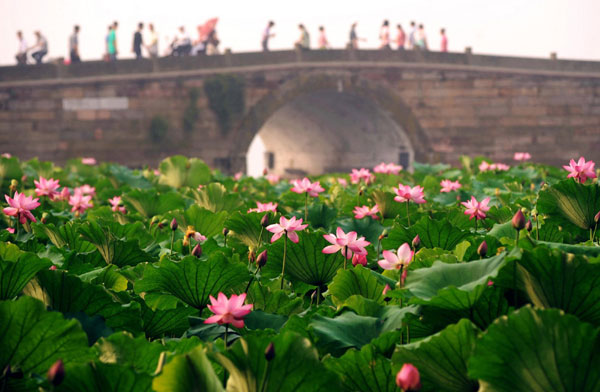
Administrative Jurisdictions
There are 11 cities under the direct jurisdiction of Zhejiang provincial government, including Hangzhou, Ningbo, Wenzhou, Jiaxing, Huzhou, Shaoxing, Jinhua, Quzhou, Zhoushan, Taizhou and Lishui, under which there are 36 counties, 22 town-level cities and 30 county-level districts. The provincial capital city is Hangzhou. Ningbo is a separate planning city.
Natural Resources
The average water resources of Zhejiang total 99.03 billion cubic meters, ranking the fourth in China in per unit area.
Forestry covers 59.4 percent of the province's total area with rich resources of economic forests and bamboo groves. Famous local special products include tea, mulberries, oranges and tangerines. The output of nuts like hickory and Chinese torreya accounts for more than 70 percent of that of the country. The province is also a major producer of Chinese tallow trees, Magnolia officinalis and Fructus Corni. In addition, the output of bamboo is in the front ranks in the country. Zhejiang has varied vegetation, winning it the reputation of "a treasure house of plants in southeast China”. More than fifty species of wild plants such as ginkgo, commonly referred to as a "living fossil", are listed in the Directory of Rare Plants under State Protection. Besides, in Zhejiang there are 1,900 species of wild animals, among which over 120 are under state protection, making up one-third of those in the Directory of Wild Animals under State Protection.
The province is also rich in non-metallic mineral reserves with 12 of them taking the first three places in the country. Its reserves of stone coal, alunite, pyrophyllite, and tuff (used in cement or construction) rank the first in China and the reserves of fluorite rank the second. In addition, rich deposits of oil and natural gas in the continental shelf are awaiting exploitation.
The province is also abundant in fishery resources. Zhoushan Archipelago is the largest base for marine fishery in China.
History and Culture
Zhejiang is blessed with rich cultural heritage. Hemudu Culture, which dates back seven thousand years ago, is one of the cradles of Chinese civilization. Hemudu was the world's origin of paddy rice cultivation. Liangzhu Culture of 4,200-5,300 years ago, situated near the Taihu Lake and the Qiantang River, was another major peak of proto-Chinese civilization. The inventions of silk and jade carving were Liangzhu man's most important contributions to mankind. In remote antiquity the legendary King Yu braved wind and rain and tamed the flooding rivers. After his death, his remains were buried in Shaoxing. Since Qing Dynasty, the mausoleum and temple of King Yu have become a popular sanctuary for people to worship the legendary hero. In terms of Buddhism, Zhejiang also enjoys high reputation. During the fourth century, Dafo Temple in Xinchang, Asoka Temple and Tiantong Temple in Ningbo, Guoqing Temple in Tiantai, and Lingyin Temple in Hangzhou were very famous. Guoqing Temple later became the cradle of the Tendai Sect, and Tiangtong Temple the cradle of the Soto-shu Sect of Japanese Buddhism. Today, more than one millennium later, they remain outstanding representatives of Buddhism culture.
China is home to chinaware. Zhejiang is the origin of celadon (chinaware with a translucent, pale green glaze). During the 11th and 12th centuries, among five major porcelain-making kilns, two—the Longquan Kiln and Hangzhou Official Kiln—were in Zhejiang. It is these famous kilns that propelled the Chinese porcelain-making industry to its pinnacle, making porcelain both practical utensils and works of art, and a major hallmark of ancient Chinese civilization.
Silk, tea and paper-making, too, were so well developed that they endowed the land of Zhejiang with a rich cultural ambience and unique oriental aesthetic flavor. It is also a land of sparkling waters and graceful hills, where talents gather. Great men of past times have filled Zhejiang's history with their deeds, and its land with their renown. The province has always been in the front ranks in education, science and technology, and culture and art. It has been a major influence in Chinese literature, theatre, painting, calligraphy, and arts and crafts. There are five famous historical and cultural cities at national level in Zhejiang, which are Hangzhou, Ningbo, Shaoxing, Quzhou and Linhai. Hangzhou, the capital city, is one of the seven ancient capital cities in China, and also a famous tourist city.
Thanks to her long history, splendid culture, uniquely favorable natural environment, Zhejiang is worthy of compliments such as "a region of fish and rice, the home of silk, a paradise for tourists and a land of rich cultural heritage", which have been lavished upon her since ancient times.
Culture and Arts
As one of the major genres of Chinese operas, Yue Opera came into being in Shengxian County (now Shengzhou City) in the early 20th century. It is characterized by the beautiful melody and lyrical plot. Popular plays include Liang Shanbo and Zhu Yingtai (known as the Chinese Romeo and Juliet), Dream of the Red Mansion, Aunt Xianglin, Romance of the Western Chamber, Five Daughters Offer Birthday Felicitations, Love Between Poet Lu You and His Cousin Tang Wan, and Mistake Made Through a Red Silk Braid. With a fine tradition of dramas, Zhejiang is also the birthplace of the ancient South Opera. In addition, there are many other kinds of local operas such as Wu Opera, Shaoxing Opera, Ou Opera, Yong Opera, Yao Opera and Hu Opera.
In Zhejiang, different schools of painting and calligraphy with varied styles and features hold a significant position in the history of Chinese painting and calligraphy. In the 12th century, Zhejiang was the center of fine arts in the country. Since the 19th century schools of painting in Zhejiang have made splendid achievements and exercised a great influence over the development of Chinese painting and calligraphy. In history, distinguished painters and calligraphers in Zhejiang included Wang Xizhi (321-379 or 303-361), Yu Shinan (558-638), Chu Suiliang (596-658 or 659), Wu Zhen (1280-1354), Zhao Mengfu (1254-1322), Zhao Zhiqian (1829-1884), Ren Bonian (1840-1896) and Wu Changshuo (1844-1927). Contemporary and modern times have seen famous painters and calligraphers like Huang Binhong (1865-1955), Pan Tianshou (1897-1971), Ma Yifu (1883-1967), Zhang Zongxiang (1882-1962), Lu Weizhao (1899-1980), Sha Menghai (1900-1993) and Zhu Lesan (1902-1984).
A province rich in local artistic traditions, Zhejiang has cultivated varied and colorful folk culture and arts. Folk leisure activities are flourishing throughout the province, including the dragon dance, lion dance, hobby-horse dance, stilt walking, and various lantern shows. Folk songs can be heard in the fields, in the mountains, and on the rivers and lakes. Moreover, Zhejiang has various kinds of folk musical instruments. Famous all over the world are "Three Kinds of Carvings and One Kind of Sculpture", namely Dongyang wood carving, Qingtian stone carving, Wenzhou boxwood carving, and Ou sculpture. Dongyang wood carving was most prosperous in the last two feudal dynasties, i.e., the Ming (1368-1644) and the Qing (1644-1911). In terms of craftsmanship, Dongyang wood carving features high relief, multi-layers, well-conceived composition and an effect of solidity. The arrangment of patterns is elaborate yet controlled. Boxwood carving, so named because it is carved out of boxwood, is a sort of circular carving art in Yueqing, Wenzhou. Qingtian stone carving is the shaping of pyrophyllite with which this area is blessed. This kind of stone is colorful and artists design their works based on the specific stone's natural color, texture and shape so that the final products are a harmony of nature and art. Wenzhou Ou sculpture has a history of more than 1,000 years. It is also known as "oil sludge sculpture". Folk artists carve human figures or objects out of oil sludge plastered on plain boards or walls, looking both like oil paintings and relief. Besides, Zhejiang is also known for other folk arts such as paper-cutting, embroidery, dyeing, weaving and colored lanterns. The farmers' paintings from Xiuzhou in Jiaxing, Cixi in Ningbo and fishermen's paintings from Zhoushan are well known throughout the country. Folk dance, music, instrumental music, opera and various other forms of folk art including ballad singing, story telling, comic dialogues, clapper talk and cross talk present unique features and styles and have drawn wide attention. The province is famous for its flourishing folk culture. As a result, a number of "Nationally Advanced Cultural Counties", "National Model Cultural Areas", "Home of Folk Paintings in China" and "Home of Folk Art in China" have emerged throughout the province.
Hot Topics
Libya conflict, Gaddafi, Oil spill, Palace Museum scandal, Inflation, Japan's new PM, Trapped miners, Mooncake tax, Weekly photos, Hurricane Irene
Editor's Picks

|
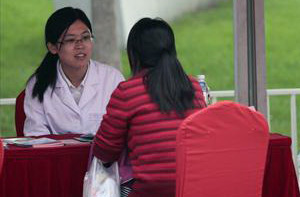
|
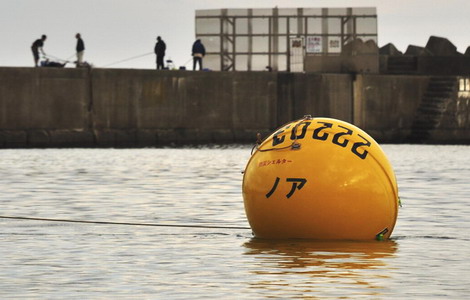
|

|

|

|




